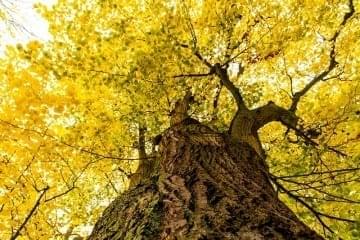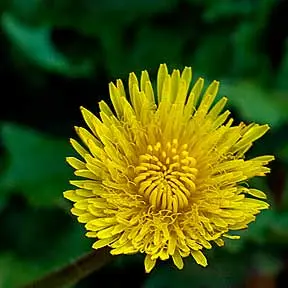Editor's Note: The text and still photos in this article are from Herbalism for the Zombie Apocalypse. Artium minusis, Common Burdock Artium lappa, Greater Burdock a.k.a., Hobo Buttons, Cockle Buttons, Beggar’s Buttons Burdock is one of my favorite foods. It's a gentle cleanser that offers crisp, sweet nutrition and medicine. It preserves easily and most […]
Read this article and all of our other Herbal Nerd Society Content.
Become a Member Today. Join Us Here. | Already a Member just log in here.





